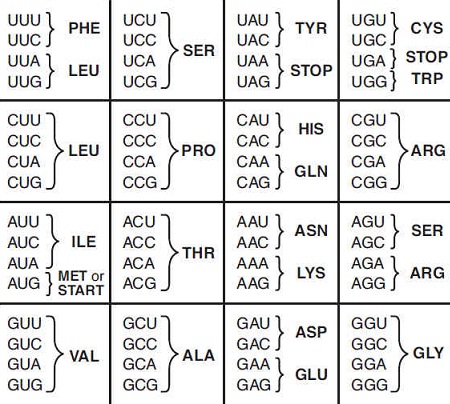For a while they just stared at the wall in silence.
“Maybe if we get closer we can figure something out,” Josh suggested. He started walking forward, and they followed.
The wall was farther away than they had thought. As they walked toward it, they began for the first time to understand its true scale. The pieces that made up the wall, which they had at first taken for mere rocks, were actually giant boulders, each easily twice as tall as a person. When they had at last reached the giant construction, it loomed far above them. The rocks at the top of the wall seemed impossibly high up, their jagged outlines framed against the bright cloudless green of the sky.
“What do we do now,” Jenny asked, to nobody in particular. She was surprised when Josh answered.
“We could just go through the door,” he said.
“Very funny,” she made a face. “Anybody else have any ideas?”
Mr. Symarian looked apologetic. “I’m afraid my knowledge does not extend to problems of this sort. Perhaps our demon friend has a suggestion?” He looked down at his shoulder to see that Sid had fallen fast asleep. With one finger he gave the little demon a firm poke. Sid looked around wildly for a moment, then seemed to get his bearings.
With a great show of dignity Sid stood, and looked straight up. “That’s a big wall,” he said.
“Yes, we know that. How do we get through it,” Jenny asked.
“We could just go through the door,” Josh repeated.
Jenny glared at him. She was starting to lose her patience. “It wasn’t all that funny the first time,” she said. “Now if you’ll please be quiet I think we’d all like to hear what Sid has to say.”
“Glad you asked.” The little demon had been giving the wall an appraising look. Now he drew himself up to his full six inches, and paused significantly, until he was sure he had their full attention. “Seems to me that what we got here is what we demons call an impenetrable wall.”
“Oh yes, that’s helpful,” Jenny said sarcastically. “Doesn’t anybody have anything useful to say?”
“This is ridiculous,” Josh said. He strode to the wall, and with one hand he reached out as if to grab one of the enormous boulders. When he pulled his arm back, he was holding the doorknob of a very ordinary looking wooden door. With his other arm he gestured toward the dark passageway within. “Anybody care to go through the door?”
Sid started to laugh. “Like I was gonna say, the best way through an impenetrable wall is to get yourself a path finder.”
